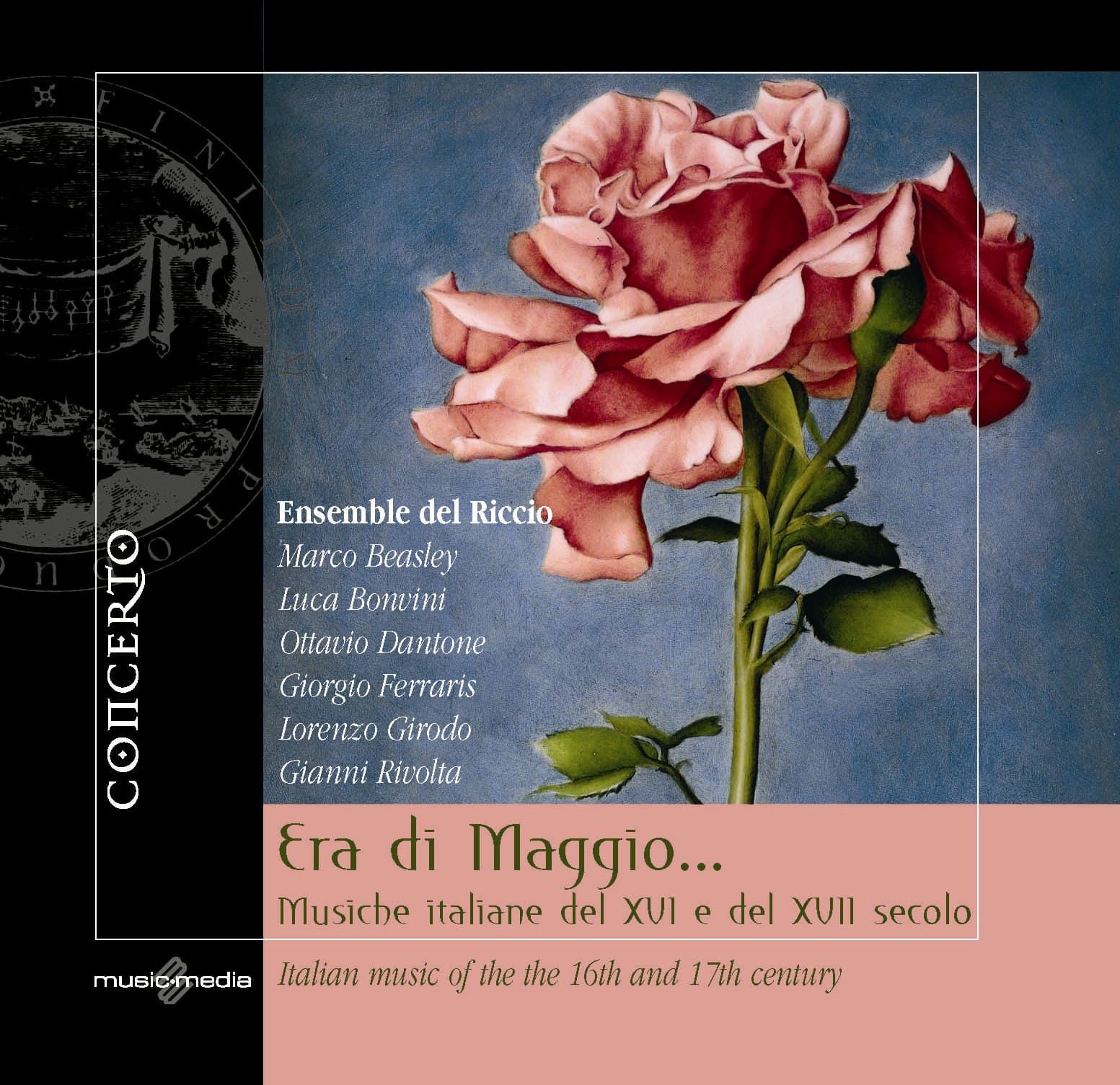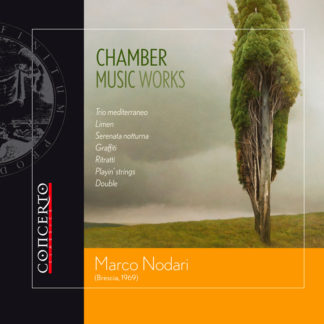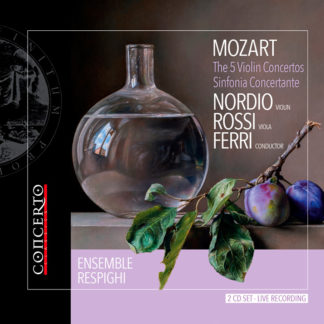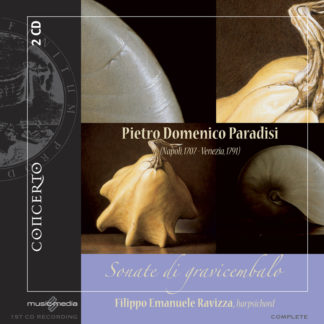Ludovico Fogliano (Fine sec. XV-1538 c.)
1. LA ZOTTA [1’34] Quodlibet “Fortuna d’un gran tempo”
(Frottole Libro Nono di Ottavio Petrucci, Venezia 1509).
Anonimo sec XVI
2. ERA DI MAGGIO [1’23] (Codice Magliabecchiano 108, Cl. XIX).
Paolo Scoto (Sec. XVI)
3. TURLURU LA CAPRA È MOZA [2’28] (Frottole libro Septimo di OttavioPetrucci, Venezia 1509).
Anonimo sec. XVI
4. ZORZI saltarello [0’54] (British Library, Royal App. 59-62)
Bartolomeo Tromboncino (1470 – dopo il 1535)
5. VERGINE BELLA [2’04] (Canzoni Nove con alcune scelte per Andrea Antiquo, Roma 1510).
Andrea Antico (1478 c. – 1556)
6. VERGINE BELLA CHE DEL SOL VESTITA. B.T. [2’28]
(Frottole Intabulate Da Sonare Organi Libro Primo, Roma 1517).
Anonimo sec. XVI
7. PAN DE MIGLIO CALDO 2’32 (Frottole libro Sexto di Ottavio Petrucci, Venezia 1505 o 1506).
Francesco Patavino (1478 c. – 1556)
8. UN CAVALIER DI SPAGNA [3’23] (Canzoni, Frottole & Capitoli… Libro Primo De la Croce, Roma 1526)
Giorgio Mainerio (1535 c. – 1582)
9. BALLO FRANCESE [1’24]
10. BALLO INGLESE [1’22]
11. PUTTA NERA BALLO FURLANO [1’29]
(Il Primo Libro de Balli a Quattro Voci, Venezia 1578)
Anonimo sec. XVI
12. LA PASTORELLA SI LEVA PER TEMPO [3’25]
(Libro primo delle Laudi spirituali… raccolte dal R.P. Serafino Razzi Fiorentino, Venezia 1563)
IMITATIU AVIUM
Anonimo sec. XVI
13. Pavana EL BISSON [1’26]
14. Gagliarda LA ROCHA EL FUSO [0’42]
(MS. 1503, Bayerische Staatsbibliothek, Monaco)
Giovanni da Nola (c. 1510 – c. 1592)
15. CINGARI SIMO [1’57] (Canzone Villanesche… libro primo et secondo, Venezia 1541)
Gabriele Fallamelo (sec. XVI)
16. SIATE AVVERTITI [4’05]
(Il Primo Libro de Intavolatura da Liuto, de motetti ricercate madrigali, Venezia 1584)
Johannes Hieronymus Kapsberger (Venezia, 1580 c. – Roma, 1651)
17. TOCCATA QUINTA [3’10] (Libro I d’Intavolatura di lauto, Roma 1611)
Giovanni Felice Sances (1600 c. – 1679)
18. CANTADA A VOCE SOLA SOPRA IL PASSACAGLIE [7’01] (Libro II parte I, Venezia 1633)
Angelo Notari (1566 – 1664 c.)
19. CANZONE PASSAGGIATA [4’43] (British Library Add. MS. 31440)
Giovanni Stefani (Sec. XVII)
20. NINFA SCONOSCENTE [4’10] (Affetti Amorosi Canzonette ad una voce sola, Venezia 1618)
Giovanni Battista Riccio (Sec. XVI-XVII)
21. JUBILENT OMNES CANTATA Á 4 VIOLIN, FLAUTO, FAGOTO & VOCE [4’47]
22. CANZON LA GRIMANETA CON IL TREMOLA Á 2 FLAUTIN È FAGOTO [4’31]
(Il Terzo Libro delle Divine Lodi Musicali, Venezia 1620)
Giuseppe Giamberti (1600 c. – 1662 c.)
23. VILLAN DI SPAGNA [1’16]
(Duo tessuti con diversi Solfeggiamenti Scherzi, Perfidie, Et Obblighi, Roma 1657)
Girolamo Frescobaldi (1583 – 1643)
24. CANZONA OTTAVA DETTA L’AMBITIOSA A BASSO SOLO [3’33]
(Il Primo Libro delle canzoni a una, due, tre e quattro voci. Per Sonare con ogni sorte di strumenti, Roma 1628)
Vincenzo Calestani (1589 – dopo il 1617)
25. DAMIGELLA TUTTA BELLA [2’24]
(Madrigali et Arie per sonare et cantare nel chitarrone, leuto e clavicembalo, Venezia 1617)





